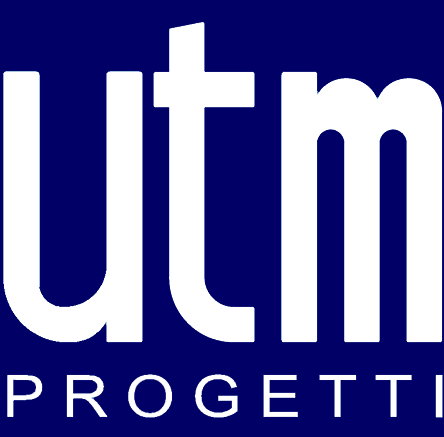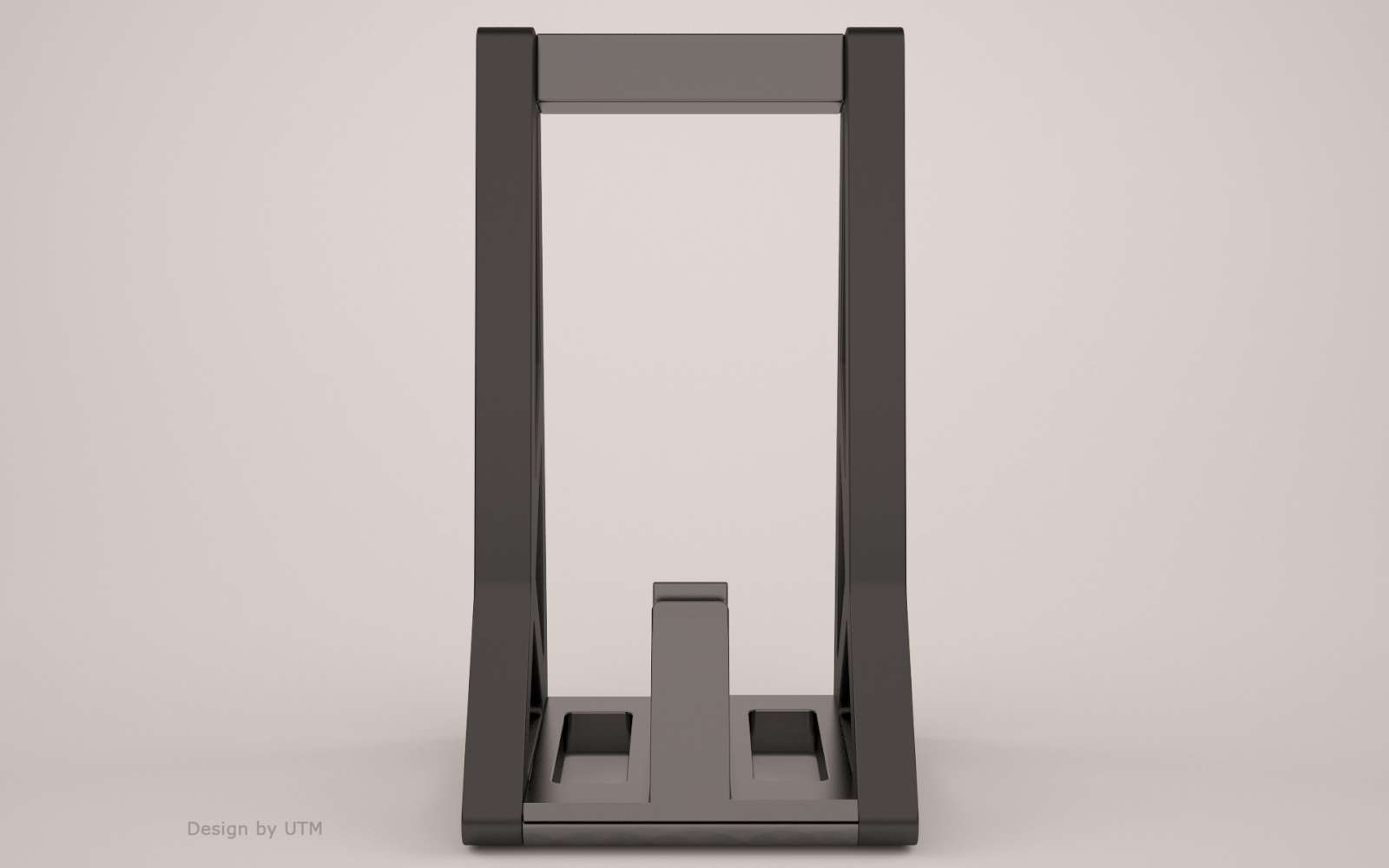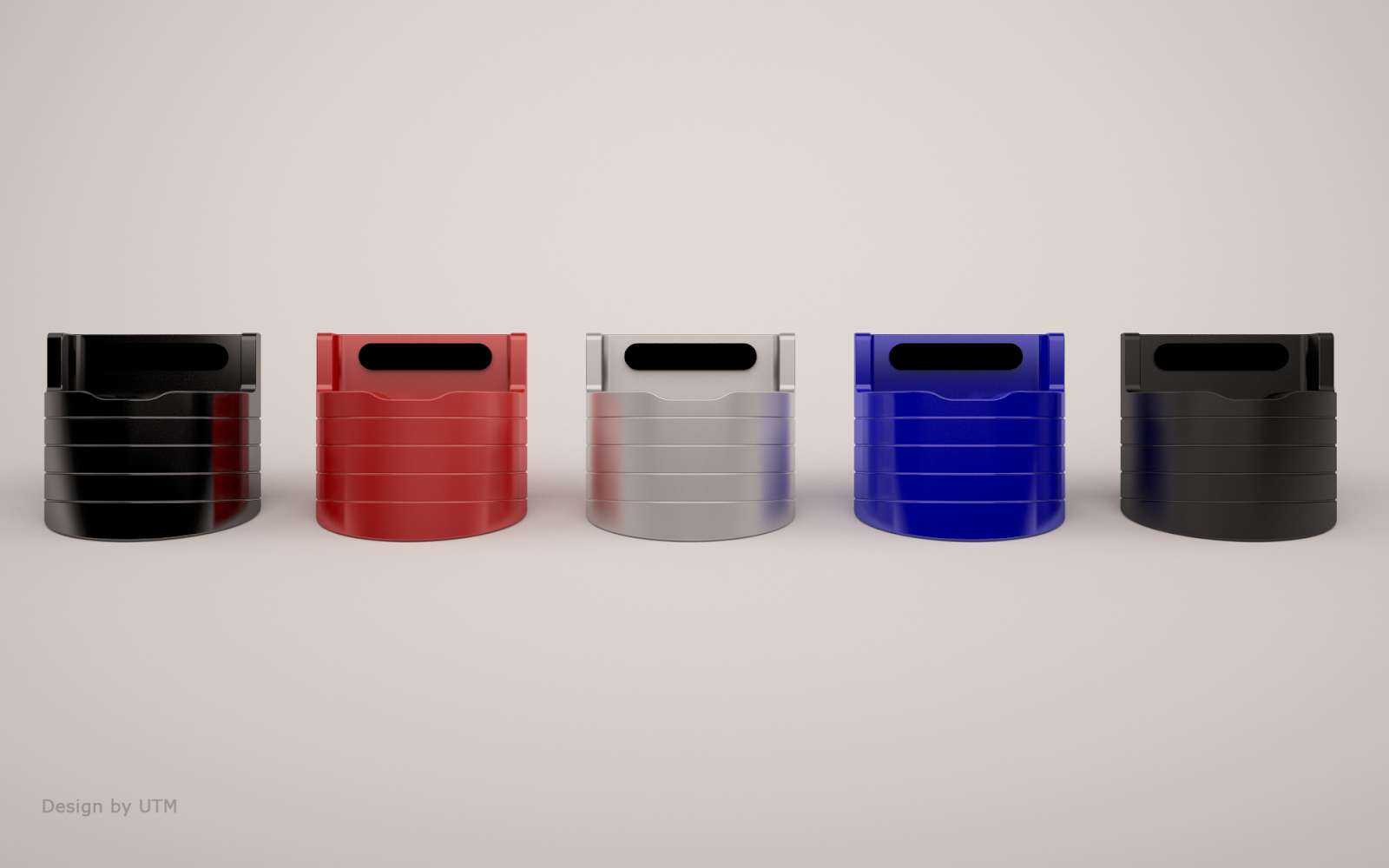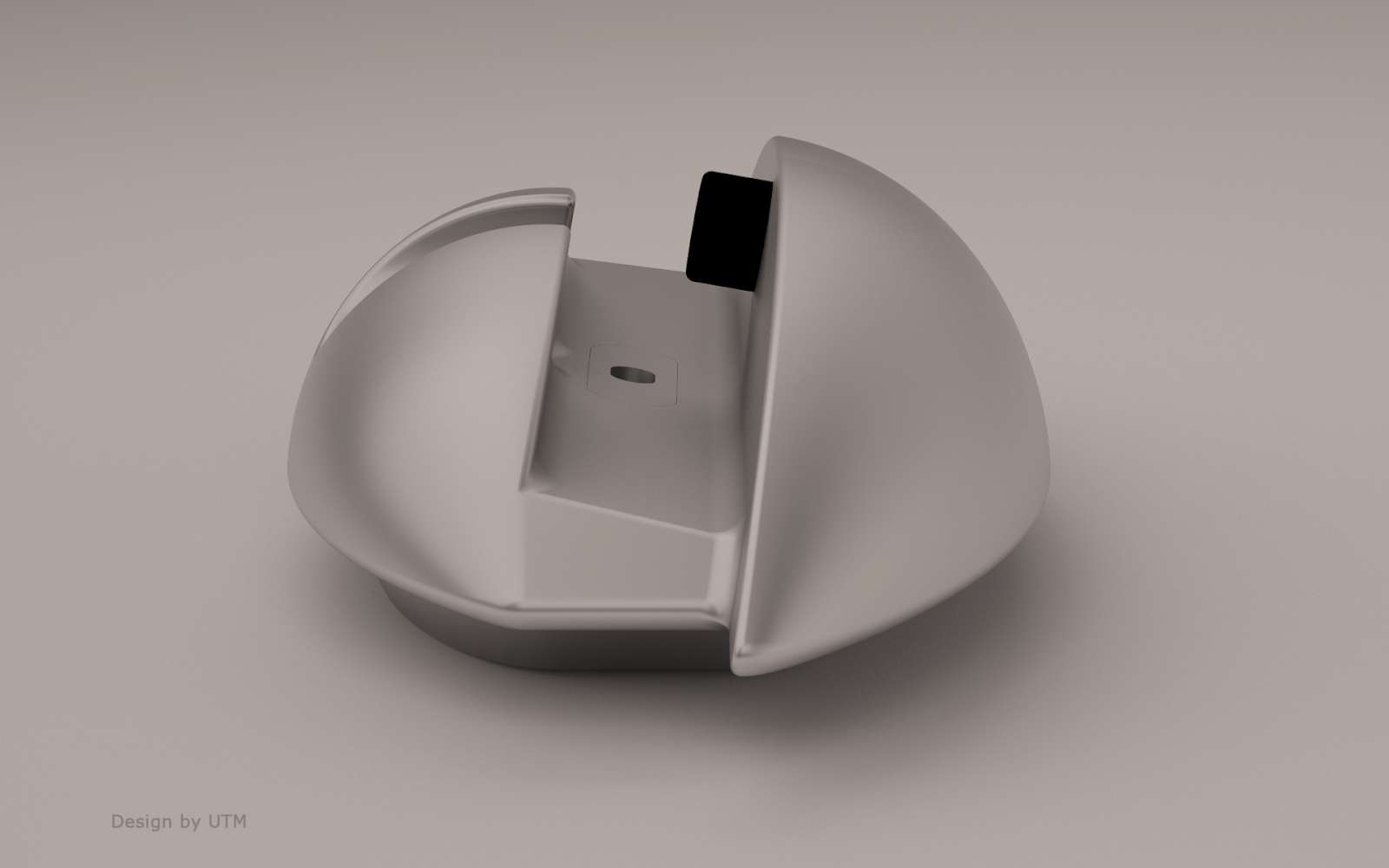INDUSTRIAL DESIGN
Industrial design is a creative and multidisciplinary process aimed at designing industrial products intended for mass production.
Its goal is to combine aesthetics, functionality, ergonomics, technology, and sustainability to create objects that meet user needs while ensuring production efficiency.
KEY ELEMENTS OF INDUSTRIAL DESIGN
- Functionality:
The product must be designed to effectively perform its purpose, solving specific user problems. - Aesthetics:
Visual appeal is crucial to making the product attractive and distinctive, enhancing its commercial appeal. - Ergonomics:
Ensures that the product is comfortable, safe, and intuitive to use. - Materials and Technologies:
Selection of suitable materials and the use of advanced manufacturing technologies to ensure quality, durability, and sustainability. - Sustainability:
Consideration of the product’s environmental impact throughout its entire lifecycle, from production to disposal.
INDUSTRIAL DESIGN
PROCESS
- Research and Analysis:
Study of the market, user needs, competing products, and industry trends. - Concept Design:
Ideation and development of preliminary concepts through sketches, virtual models, or prototypes. - Detailed Design:
Creation of technical drawings with dimensional specifications, materials, and components. - Prototyping:
Production of prototypes to test functionality, aesthetics, and feasibility. - Validation and Production:
Optimization of the design and launch of large-scale manufacturing.
BENEFITS OF
INDUSTRIAL DESIGN
- Innovation:
Introduction of technical and aesthetic solutions to improve the product. - Enhanced User Experience (UX):
Creation of more intuitive and enjoyable products. - Market Competitiveness:
Well-designed products attract more consumer interest. - Production Efficiency:
Optimized designs can reduce production time and costs. - Sustainability:
Eco-friendly solutions improve environmental impact and increase the perceived value of the product.
INDUSTRIAL DESIGN
APPLICATIONS
Automotive
Design of vehicles, components, and interiors
Household applications
Design of refrigerators, washing machines, kitchen robots.
Technology
Creation of electronic devices such as smartphones, computers, and wearables.
Furniture
Design of functional and attractive furniture.
Industrial equipments
Design of machines and tools for production.

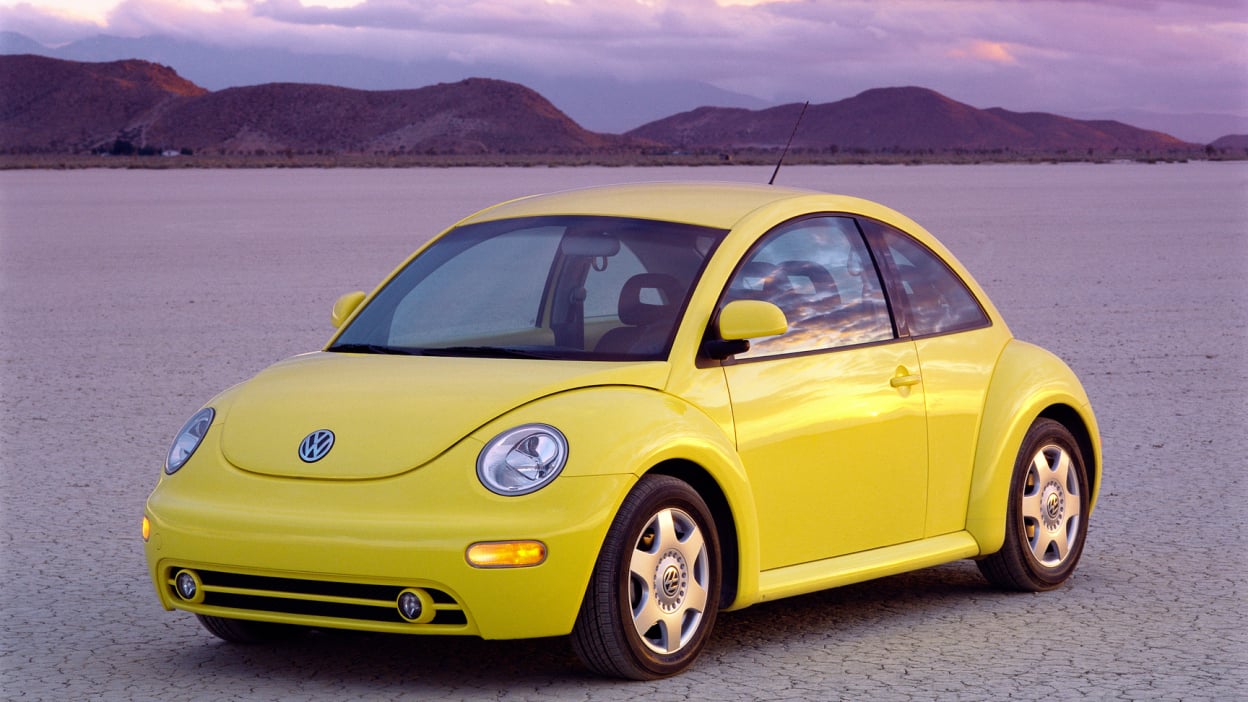
ICONIC EXAMPLES OF
INDUSTRIAL DESIGN
Apple IPhone
An example of the combination of elegant design and advanced functionality.
Eames chair (Herman Miller)
A perfect blend of comfort and aesthetics.
Volkswagen Beetle:
A symbol of distinctive and functional automotive design.
In summary, industrial design is a discipline that goes beyond the aesthetics of a product, deeply influencing its functionality, production, and market perception.
It is the intersection of art, science, and technology, focused on creating innovative and sustainable solutions to improve daily life.
